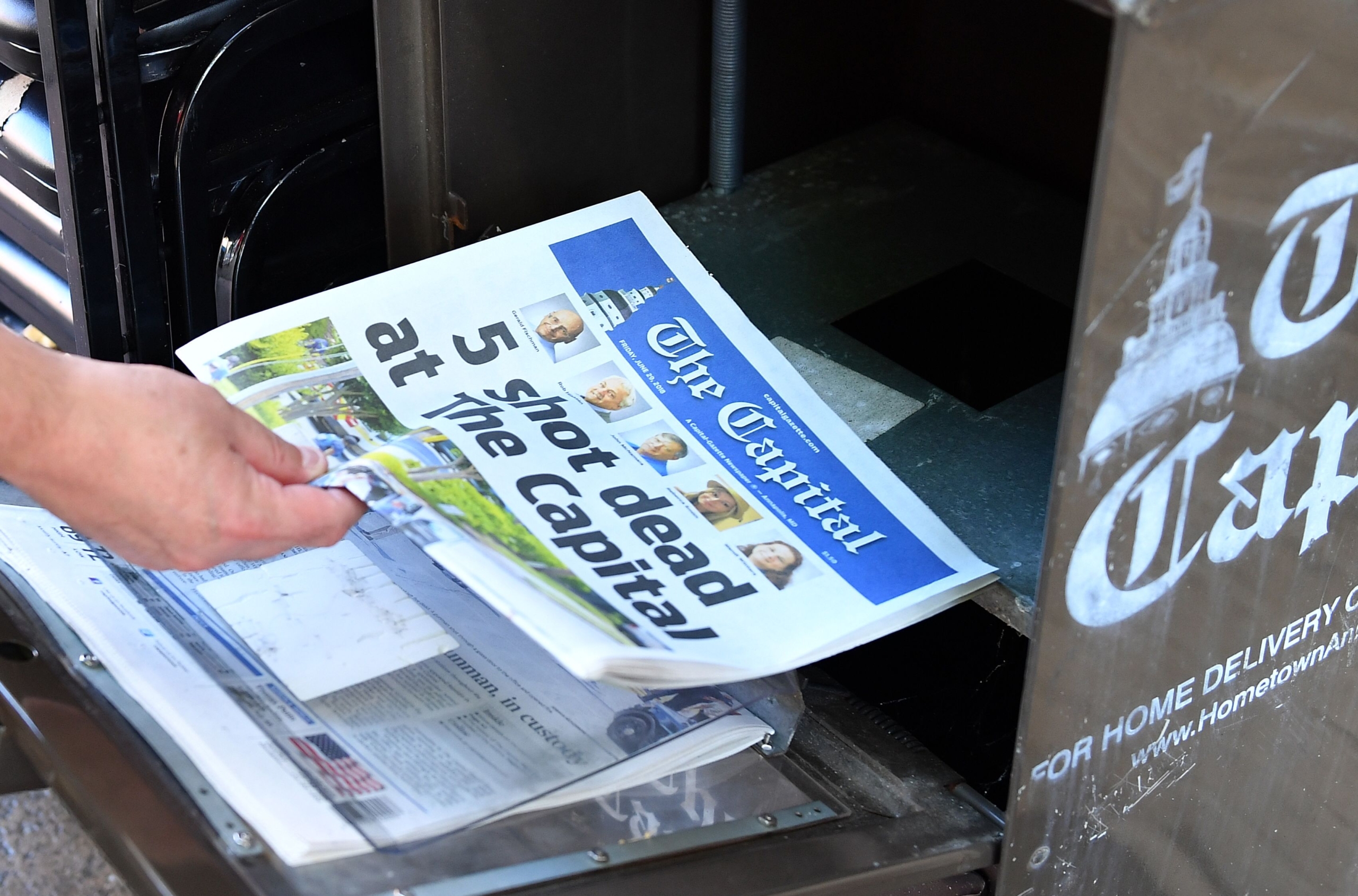Sign up for The Media Today, CJR’s daily newsletter.
Every local journalist, in every local newsroom, has experienced that moment of fear, when the crank who has been tormenting their inbox or Twitter feed or voicemail shows up to complain in person.
It happened to me a few years ago, at a hyper-local weekly I was editing in Manhattan. One of our reporters had been working on a story about a neighborhood eccentric, basically a hoarder whose home had become an eyesore and who, locals say, threatened them as they walked down the sidewalk. Neighbors had complained, the police had been called, and we set out to learn more about the woman who lived inside.
ICYMI: A notable difference in the coverage of the Florida school shooting
In a phone call with our reporter, the woman railed against her family and her neighbors, and threatened us if we wrote unflatteringly about her or her house. Then, a few days later, before the story ran, she showed up unannounced at our office, angry and incoherent and demanding to speak to our reporter. The reporter and I were able to calm her down and let her speak her mind, before convincing her to leave. The story ran and we never heard from her again.
Incidents like this happen every day in newsrooms everywhere. But this week’s shooting at the Capital Gazette in Annapolis, Maryland—where a man who had been fighting with the newspaper for years over a story he didn’t like, ending in the shooting death of five Gazette journalists—should force us to rethink the threat to journalism in Trump’s America: While the president rails against CNN, The New York Times, The Washington Post, and others, it is reporters at the local level, across America, who may well sit on the front lines of the new war against the press in this country.
Yes, national reporters are routinely threatened and harassed, and they continue to do their jobs with courage and commitment. Given the size and reach of their audience, the venom aimed at them, especially online, can be intimidating. And when people do come in contact with national reporters—the press pens at Trump rallies spring to mind—the results can be scary.
Local newsrooms are accessible for a reason—it’s part of what makes them integral to the life of their communities.
But the proximity of local newsrooms to their communities makes them different. Most of their readers live a short drive away. Many know where the newsroom’s offices are located. And, security tends to be slim or nonexistent. (At the Gazette, even an intense level of security would most likely have been ineffective; the suspect, Jarrod Ramos, shot through the paper’s glass front door, before entering the newsroom.)
Local newsrooms are accessible for a reason—it’s part of what makes them integral to the life of their communities. People come in to buy ads. Readers bring in photos of their kids’ sports teams. Tipsters drop by with gossip.
It is heartbreaking, but necessary, to recognize that the openness that defines local news likely carries too high a risk; local newsrooms, at least for now, may have no choice but to fortify themselves.
Since Donald Trump chose, in the very earliest days of his presidential campaign, to make attacks on a free press in the United States one of his signature themes, many of us have thought it inevitable that his dangerous rhetoric would one day be a trigger for tragedy. Our focus this long two years has been on the big, high-profile news organizations that most occupy Trump’s obsessions and his Twitter feed. They are what we think about when we worry about threats to the press, and they have become stand-ins for those, inside the government and out, who rail against fake news.
But what we missed is that for most Americans, the media is not some big-city skyscraper or national TV network with layers of security, where everybody needs a badge to get in. It’s our local newsroom down the street, staffed by professionals reporting on what matters most to people where they live. We’re reminded this week that in the war against the press, they may well be the journalists in America who are most at risk.
Has America ever needed a media defender more than now? Help us by joining CJR today.



